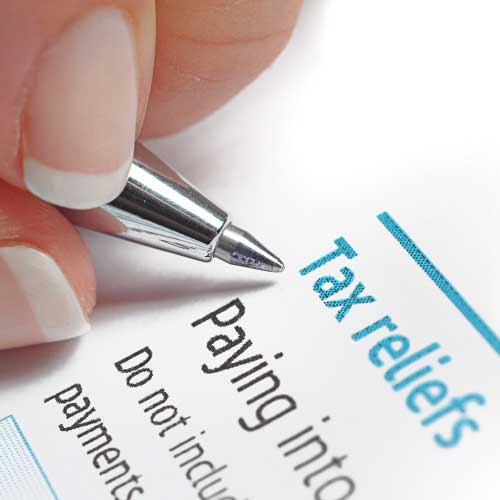Capital Allowances
Lower cost items could possibly fit into full relief categories such as some tools or office equipment – but other items such as a computer or a high value piece of equipment like a commercial vehicle or digger would be treated differently, using something called ‘Capital Allowances’.
Capital allowances are used to claim tax relief (a deduction against turnover or gross income) where the item purchased generally lasts at least two years and suffers depreciation as result of usage (wear and tear). They are in place so that you can only claim tax relief on the depreciation of the assets and maintain the amount of relief claims in case the item is later sold.
It is a complicated process as you place an item into a pool of assets depending on the categorisation HMRC provides for the expenditure. There are many categories within capital allowances.
You could have a main pool and a special rate pool. Items purchased have their values (minus any first year relief claimed) added to a pool. Each year, the pool has a specified percentage claimed as tax relief (writing down allowance) and the remainder carried forward to the next year. Any time an item is sold, the proceeds are added to the respective pool in order to balance it. If the value of a pool becomes negative, a balancing charge would be due in the form of a taxable addition.
Some items can receive 100 percent first year allowances, this means you can claim the entire value of the purchase as an expense. The value to added for these items would go into the main pool and be zero (as the entire cost was claimed) – if later the item is sold, the value would then be subtracted from the pool and could give rise to a balancing charge.
For example:
If you purchase a piece of equipment for £10,000 – and this item is not covered by any other allowance, it would be added to the main rate pool. So, the pool value would become £10,000 minus £1,800 claimable as writing down allowance (18 percent).
For this years tax, £1,800 can be reduced from your turnover/income and you would carry £8,200 forward to the next tax year in your main rate pool.
If in the following tax year the asset has not been sold, you would be able to claim £1,476 in further tax relief and the main rate pool would be reduced to £6,724.
By the third year, if you sold the asset for £6,500 – the pool would reduce to £274 and you would only be able to claim £49.32 – leaving the pool to carry forward at £224.68. However, at this stage as the pool to reduced to £274, which is less than £1,000 – you can write of the pool (using the small pools allowance) to zero, and claim the entire £274 as an expense.
It’s complicated! We have tried to incorporate as much logic into our capital allowance category within the tax relief and expenses calculator, but must stress you have any estimated figures checked by a professional to match your circumstances.
So, how do you claim tax relief on expenses? Read on the next page.

